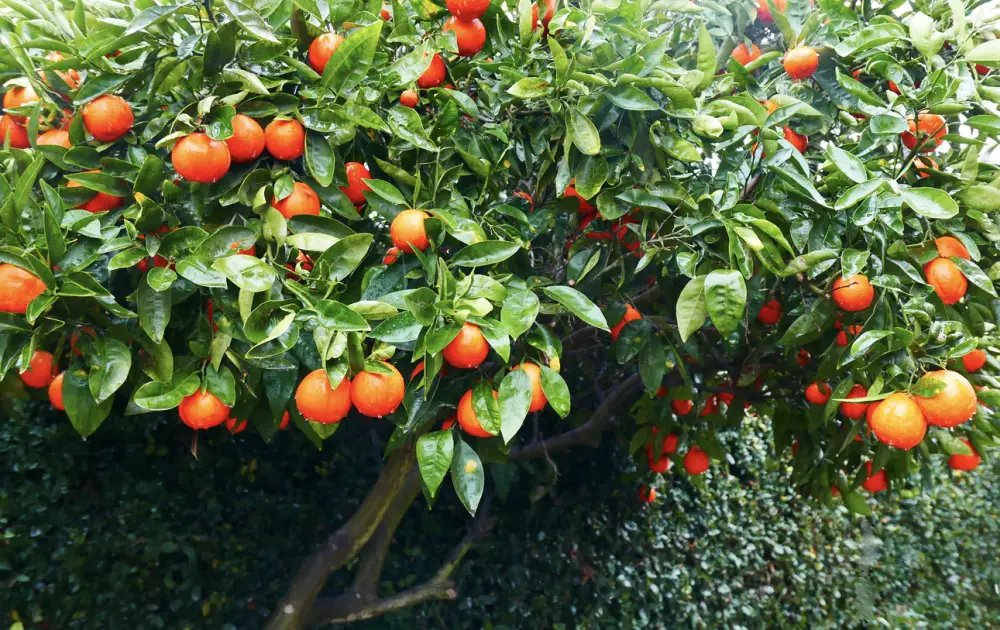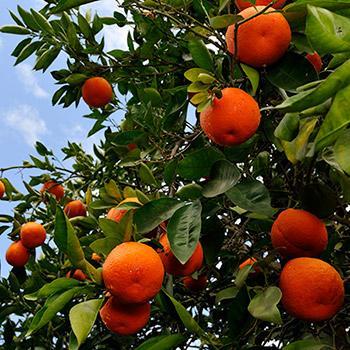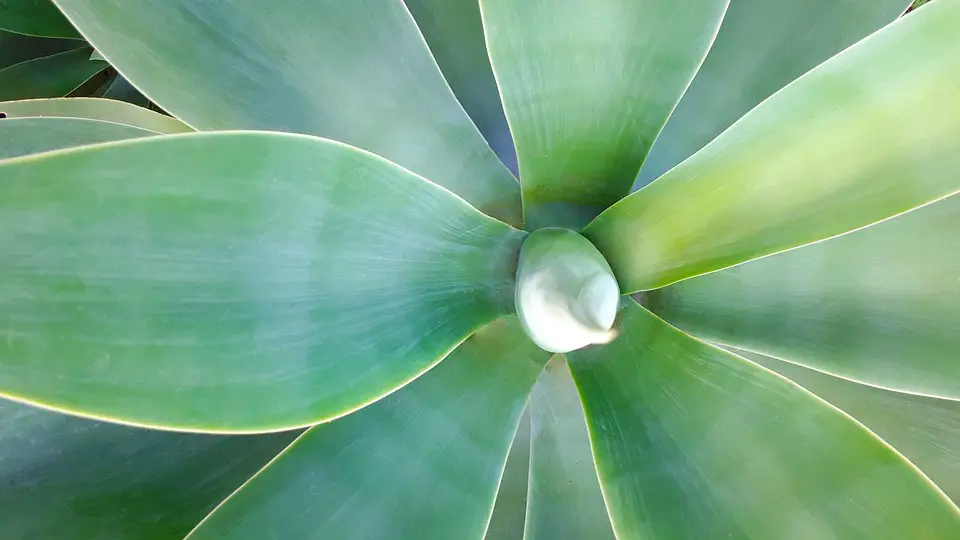A Tangelo tree is a citrus fruit tree that produces tangelos.
Tangelos are a cross between a grapefruit and a tangerine, and are typically larger than either parent fruit.
The skin of a tangelo is thicker than that of a tangerine, and the flavor is tart and tangy.
Tangelos require full sun and plenty of water to grow and for reliable results you should use reliable seed from a nursery as seeds from shop purchased fruit may not produce plants that are true to form. You can also purchase saplings that have been grafted for reliable results.

Growing a Tangelo tree from seeds
If you’re interested in growing your own tangelo tree, it’s actually quite easy to do so from seed.
Here’s a step-by-step guide on how to go about it:
First, you’ll need to acquire some fresh tangelo seeds. You can either get these from a friend or family member who has a tangelo tree, or you can purchase them online or at a local gardening store.
Once you have your seeds, the next step is to plant them. You’ll need to start by soaking them in water for 24 hours. This will help them germinate more quickly.
After they’ve been soaked, plant the seeds in small pots filled with well-draining potting mix. Make sure to plant them about 1/2 inch deep.
Water the seeds regularly, and place the pots in a warm, sunny spot. In about 4-6 weeks, you should start to see seedlings emerge.
Once the seedlings have grown to be about 6 inches tall, it’s time to transplant them into larger pots or into your garden. Be sure to choose a spot that gets plenty of sunlight and has well-drained soil.
[amazon box=”B01M4IG9EH” template=”horizontal”]
Growing Tangelo trees from saplings
Tangelo trees can be grown from seed, but they may not produce fruit that is true to the parent plant.
To ensure that your tangelo tree produces fruit that is identical to the parent plant, you will need to purchase a grafted sapling from a nursery.
When purchasing a sapling, make sure that it is at least 2 years old and has been grafted onto a rootstock that is resistant to citrus nematodes.
Once you have your tangelo tree sapling, you will need to prepare the planting site.
Tangelo trees prefer sandy soils with a pH between 6 and 7.5.
The planting site should be in full sun and well-drained.
If the soil in your planting area is heavy, you may need to amend it with sand or organic matter to improve drainage.
To plant your tangelo tree, dig a hole that is twice as wide as the root ball and just as deep.
Carefully remove the tree from its container and place it in the hole.
Backfill the hole with soil, making sure not to bury the root flare (the point where the roots meet the trunk).
Water deeply immediately after planting.
How to Care for Tangelo Trees
Tangelo trees require regular watering, especially when they are young.
Water your tangelo tree once a week, or more often if the weather is hot and dry.
Once the tree is established, you can reduce watering to once every two weeks.
Tangelo trees also require regular fertilization.
Apply a fertilizer that is high in nitrogen three times a year: once in early spring, once in mid-summer, and once in late fall.
In addition to regular watering and fertilizing, tangelo trees also need to be pruned regularly.
Prune your tangelo tree in early spring, before new growth begins.
Remove any dead or diseased branches, as well as any branches that are rubbing against each other.
It is also a good idea to thin out the canopy of the tree to allow light and air to reach the interior.

Do Tangelo trees suffer from pests
Tangelo trees are susceptible to a number of pests and diseases, including citrus scale, citrus rust mite, and gummosis.
Scale insects can be controlled with horticultural oil or insecticidal soap.
Rust mites can be controlled with predatory mites.
Gummosis is a bacterial disease that can be controlled with copper fungicide.
If you notice any of these problems on your tangelo tree, be sure to take action immediately to control the problem.
Are Tangelos easy to grow
Tangelo trees are relatively easy to grow, as long as you give them the proper care.
With regular watering, fertilizing, and pruning, your tangelo tree will flourish and produce delicious fruit for years to come.
How fast do Tangelo trees grow
Tangelo trees are fast-growing trees, reaching a height of 20 feet or more in just a few years.
Given the right conditions, tangelo trees can grow up to 2 feet per year.
When do Tangelo Trees fruit
Tangelo trees typically begin fruiting when they are 3-5 years old.
However, some trees may not produce fruit until they are 7-10 years old.
The best time to harvest tangelos is in late winter or early spring.
Tangelos that are harvested before they are fully ripe will continue to ripen off the tree.
How do you know when Tangelos are ripe
Tangelos are ripe when they are slightly soft to the touch and have a deep orange color.
The skin of ripe tangelos may also be slightly wrinkled.
If you are unsure whether or not your tangelos are ripe, you can taste one to see if it is sweet and juicy.
What do Tangelos taste like
Tangelos have a delicate flavor that is a cross between grapefruit and mandarin oranges.
They are often used in salads, as well as in baking and juicing.
How to store Tangelos
Tangelos can be stored at room temperature for up to 2 weeks.
For longer storage, tangelos can be refrigerated for up to 6 weeks.
Tangelos can also be frozen for up to 6 months.
To freeze tangelos, first remove the peel and seeds.
Then, cut the flesh into small pieces and place in a freezer-safe container.
Tangelos can be thawed and eaten as is, or used in recipes.
Final Words
Tangelo trees are a type of citrus tree that produces a unique and delicious fruit.
If you live in an area with a warm climate, you can grow your own tangelo tree from seed.
With regular care, your tangelo tree will produce fruit for years to come.




